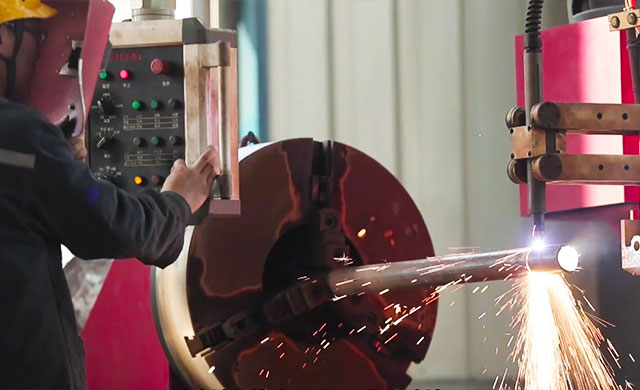
Nov . 15, 2024 07:18
Back to list
gas safety relief valve
Gas Safety Relief Valve A Critical Component for Safety in Gas Systems
In gas systems, safety is paramount. One essential device that plays a significant role in ensuring safety is the gas safety relief valve. This component is designed to protect gas systems from excessive pressure, preventing potential hazards and ensuring the safe operation of equipment. This article will discuss the importance of gas safety relief valves, how they work, and the key factors to consider when selecting one for your system.
Understanding Gas Safety Relief Valves
A gas safety relief valve is a safety device that automatically releases gas from a pressurized system when the pressure exceeds a predetermined limit. Its primary function is to prevent equipment failure, explosions, and other dangerous situations that can arise from overpressure conditions. When the pressure within a gas system increases beyond the set point, the relief valve opens, allowing excess gas to escape and thereby reducing the pressure to a safe level.
Properly functioning relief valves are critical in various industries, including oil and gas, chemical manufacturing, and any facility handling pressurized gases. The design and operation of these valves are governed by industry standards and regulations to ensure safety and reliability.
How Gas Safety Relief Valves Work
The operation of a gas safety relief valve is relatively straightforward. The valve comprises a spring-loaded mechanism that is calibrated to a specific pressure setting. When the system pressure reaches this set point, the force exerted on the valve exceeds the force of the spring, causing the valve to open. As the gas escapes, the pressure within the system decreases. Once the pressure falls below the set point, the spring mechanism pushes the valve back to its closed position, sealing the system again.
gas safety relief valve

There are various types of relief valves, including pressure relief valves (PRVs), pressure safety valves (PSVs), and vacuum relief valves. Each type serves a specific purpose and is suitable for different applications, which makes it essential to choose the right valve based on the operational requirements.
Importance of Regular Maintenance and Testing
While gas safety relief valves are designed to operate automatically, regular maintenance and testing are crucial to ensure their reliability. Dust, debris, and wear over time can affect the valve's performance. Thus, routine inspections should be conducted to check for leaks, corrosion, and proper functioning. Testing should also be performed periodically to verify that the valve opens at the correct pressure setting. Failure to maintain or test relief valves can lead to catastrophic failures, making it essential for facility managers to prioritize these activities.
Selecting the Right Gas Safety Relief Valve
Choosing the right gas safety relief valve for your system involves considering various factors, including the type of gas being handled, the pressure and temperature conditions, and the specific application requirements. It is vital to consult with manufacturers or industry experts to determine the appropriate size, type, and set pressure for the relief valve.
In conclusion, gas safety relief valves are indispensable safety components in gas systems. They play a crucial role in preventing overpressure situations that could lead to dangerous incidents. By understanding how these valves work, the importance of regular maintenance, and the considerations for selecting the right valve, industries can enhance their safety protocols and protect their assets and personnel from potential hazards. Prioritizing gas safety relief valves is not just a regulatory requirement; it is a commitment to safeguarding lives and ensuring the safe operation of gas systems.
Latest news
-
Safety Valve Spring-Loaded Design Overpressure ProtectionNewsJul.25,2025
-
Precision Voltage Regulator AC5 Accuracy Grade PerformanceNewsJul.25,2025
-
Natural Gas Pressure Regulating Skid Industrial Pipeline ApplicationsNewsJul.25,2025
-
Natural Gas Filter Stainless Steel Mesh Element DesignNewsJul.25,2025
-
Gas Pressure Regulator Valve Direct-Acting Spring-Loaded DesignNewsJul.25,2025
-
Decompression Equipment Multi-Stage Heat Exchange System DesignNewsJul.25,2025

